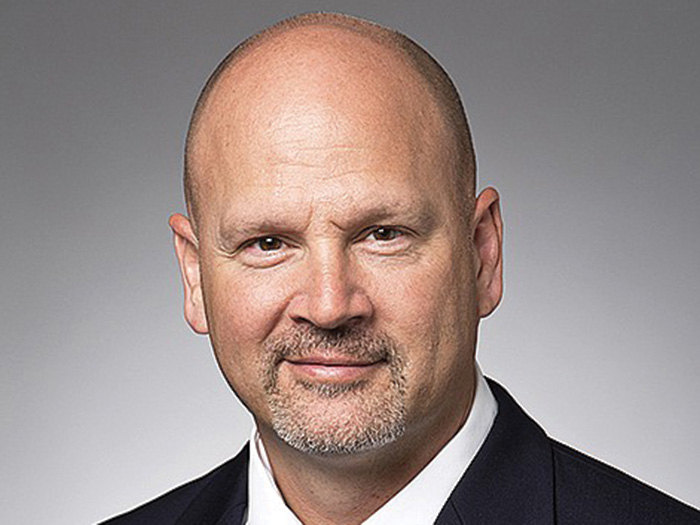Risky Social Media Posts Could Increase Life Insurance Costs; Who’s to Say Other Lines Can’t Follow Suit?

We all know the social costs — and perils — associated with Instagram, Twitter or Facebook use. Oversharing will, at best, lose you an internet friend or two; at worst, what you choose to share on social media could lose you your job.
But what about the insurance costs of what you choose to post, whether that’s on your personal account or your business account? If you think there are none, think again.
As the Wall Street Journal reported, New York recently became the first state to provide guidelines for how life insurers can use a potential insured’s social media presence to calculate the risk — and, therefore, the cost — that comes with insuring them before issuing policies.
Risk-Takers Facing Higher Premiums?
Long story short: Those who live life on the edge and post photos for the world to see of them doing so, may pay the price in their insurance premiums.
The guidance set in New York around insurers using social media to assess risk applies specifically to life insurers, but considering social media is a treasure trove of self-reported data, it’s only logical to assume social media use will come into play for underwriting other types of insurance, too.
Meaning, insurers could soon look to a business’ or business owner’s social media presence to determine the risks and costs of insuring them for something like commercial property and casualty insurance.
Social media use is a somewhat obvious place for potential insurers to look to when assessing risk, with many of us giving anyone with a WiFi code unbridled access to our everyday routines.
Currently, companies are using social media data to investigate claims and to weed out disability fraud. But the question is, why aren’t underwriters using it more across all types of insurance?
The technology hasn’t caught up yet. Right now, scavenging social media for risk markers is more trouble than it’s worth.
As WSJ noted, while underwriting appears to be the next place insurers will apply social media data, “until and unless the technology is perfected, it generally isn’t cost-efficient for insurers to assign staff to look at Facebook pages and tweets. Verifying identifications on social media, tracking oft-changing accounts and converting the information into usable, predictive data isn’t yet scalable or cost-effective,” companies said.
But When Technology Does Catch Up …
So, assuming the technology catches up, what types of posts would be relevant?
It’s hard to tell given any application of social media use in underwriting in a widespread way would likely be through the use of an algorithm, but posts that the average social media user might not give much thought to — like an Instagram story posted while stopped in traffic — could indicate risky behavior to insurers, especially in relation to property.
Another likely hold-up to widespread social media use in insurance underwriting is the general nuance of social media.
As Forbes puts it, “It’s also important to note that social media posts can be deeply misleading, even to a deep-learning algorithm assigned to seek out, process and judge the value of photos that customers post online. If you’ve given up smoking but have old photos with cigarette in hand (or repost one of those popular Facebook Memories) how can a computer (or even an underwriter with a lot of work to do) properly assess the context of a photo? How do you control what other people post about you online?”
In other words, a picture is worth a thousand words, but a good chunk of them might be misleading. That said, it will be really interesting to watch how insurers navigate this ocean of data and how it affects insurance policies moving forward.










